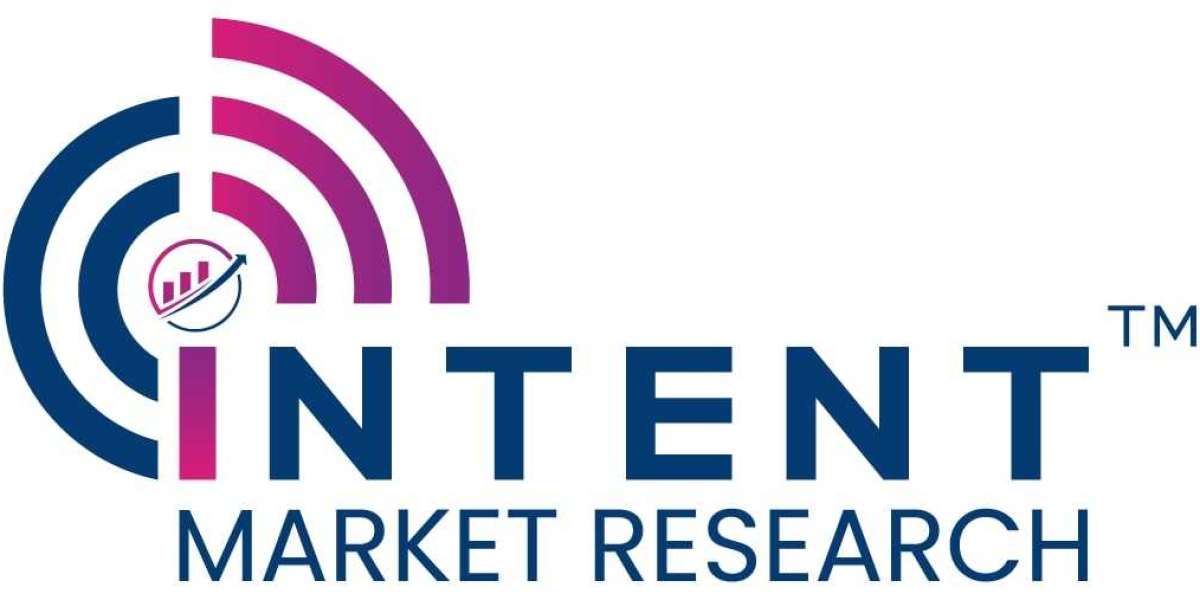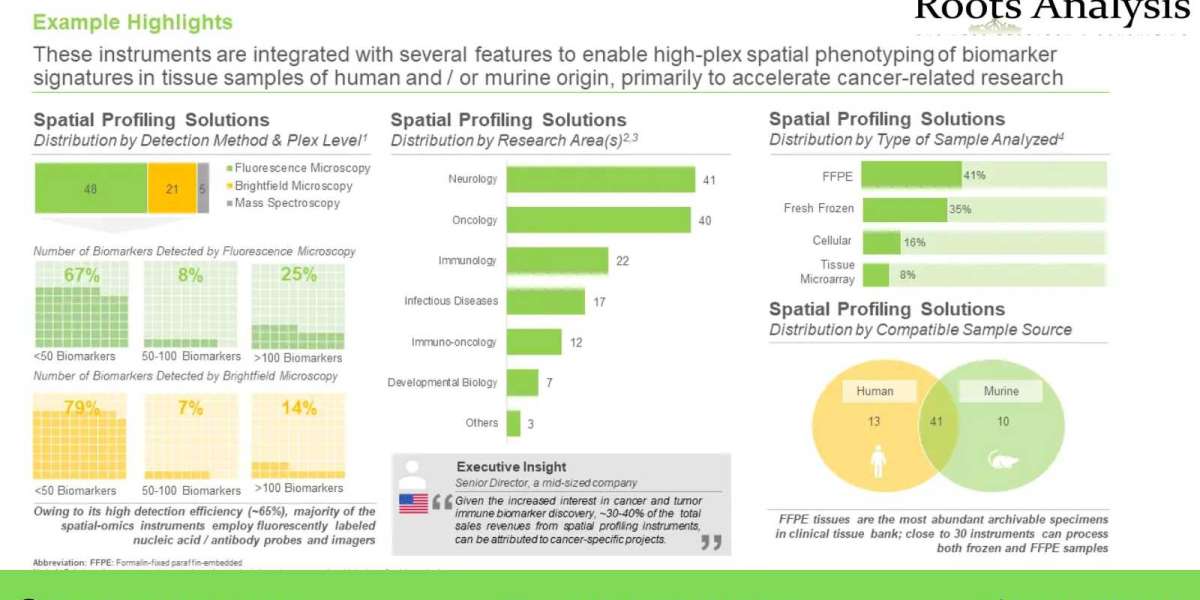Introduction:
In an era where data is hailed as the lifeblood of enterprises, ensuring its security is of paramount importance. With the increasing complexity of cyber threats and the growing volumes of sensitive information, safeguarding enterprise data has become a critical challenge. This article delves into the multifaceted landscape of enterprise data security, exploring key strategies and best practices to fortify the digital fortress and protect against evolving threats.
Key Components of Enterprise Data Security:
Data Classification and Categorization: Understanding the nature and sensitivity of data is the first step in securing it. By classifying and categorizing data based on its importance and confidentiality, organizations can tailor security measures to the specific needs of each data type.
Endpoint Security: Endpoints, such as laptops, mobile devices, and servers, are often targeted by cybercriminals. Deploying robust endpoint security solutions, including antivirus software, firewalls, and device encryption, helps mitigate the risk of data breaches through compromised devices.
Network Security: Securing the enterprise network is crucial for preventing unauthorized access and data interception. Firewalls, intrusion detection and prevention systems, and virtual private networks (VPNs) play vital roles in establishing a secure network infrastructure.
User Access Management: Implementing strict access controls ensures that only authorized personnel have access to sensitive data. Role-based access control (RBAC), least privilege principles, and multi-factor authentication (MFA) are effective mechanisms for managing user access and minimizing the risk of insider threats.
Data Encryption: Encrypting data both in transit and at rest provides an additional layer of protection. Advanced encryption algorithms, such as AES (Advanced Encryption Standard), help safeguard data against unauthorized access, even if a breach occurs.
Security Awareness Training: Employees are often the first line of defense against cyber threats. Regular security awareness training programs educate staff about potential risks, phishing attacks, and best practices for maintaining data security, thereby reducing the likelihood of human error leading to breaches.
Incident Response and Forensics: Preparing for and responding to security incidents is critical. Having a well-defined incident response plan, coupled with forensic capabilities, enables organizations to detect, contain, and recover from security breaches effectively.
Challenges in Enterprise Data Security:
Shadow IT: The proliferation of unauthorized and unmanaged IT resources within an organization, known as shadow IT, poses a significant challenge to data security. Monitoring and controlling the use of such resources are essential for maintaining a secure environment.
Third-Party Risk Management: As enterprises increasingly rely on third-party vendors and cloud service providers, managing the associated security risks becomes crucial. Due diligence in selecting and monitoring third-party partners is essential to prevent potential data breaches stemming from external sources.
Compliance Complexity: Enterprises must navigate a complex landscape of data protection regulations and industry compliance standards. Staying abreast of evolving requirements and ensuring adherence is vital to avoid legal consequences and reputational damage.
Conclusion:
Enterprise data security is an ongoing and dynamic effort that requires a comprehensive and adaptive strategy. By employing a combination of technological solutions, employee training, and proactive risk management, organizations can fortify their digital fortress and withstand the ever-evolving threat landscape. As the value of data continues to grow, so too must the commitment to securing it, ensuring that enterprises can thrive in the digital age while protecting their most valuable asset.








